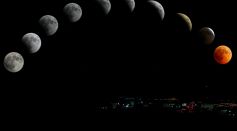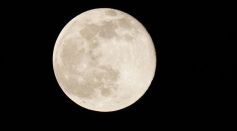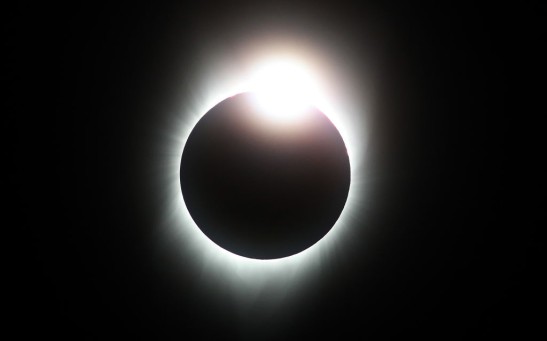Tags: Moon

Lunar, Solar Eclipses 2021, Blood Moon Time and Date: Where’s Next and Schedule

Watch Super Blood Moon 2021: Qantas Airlines Selling Plane Tickets for a Scenic Trip

Super Blood Moon 2021: How to Watch This Month's Flower Moon
Sky Ladder, Manned Lunar Rover May Be Chinese Scientists Next Plan for Moon Transport
Elon Musk Says That by 2024, SpaceX Starship Could Fly Humans to the Moon

SpaceX Astronaut Couple Shares Details About Life On and Off ISS
Living on the Moon and Mars: Challenges That Humans Might Face
SpaceX Wins $2.9 Billion Lunar Lander Contract for NASA's Artemis Program Set on 2024

Is Russia Going Back to the Moon This Year? Here's What Officials Claim

Will UAE Send Its Own Lunar Rover to the Moon Through Japan’s ispace?

Moon Exploration: Why China and Russia are Teaming Up for a Lunar Base
NASA Makes Historic Push to Bring First Woman, Person of Color to the Moon
Sky Events April 2021: Meteor Showers, Pink Moon, Saturn-Lunar Conjunction, and More!
Indian Businessman Buys Land on the Moon as a Gift for Infant Son

4G Network on the Moon: NASA and Nokia Sign Deal to Make It Possible

March Super Worm Moon: Here's How to See Spring's First Full Moon This Year

Can Anyone 'Own' the Moon? Here's What Space Experts Say

Could Saturn's Moon Titan Give Hope for Life Beyond Earth? Here's What Scientists Say

Russia, China Eyes Placing Humans on Lunar Space Station; Are They Really Up for Space Race?

Japanese Billionaire Will Choose 8 Artists To Join Him for a Moon Trip on a Spacex Rocket
Most Popular

Starlink Satellite Explodes in Orbit; SpaceX Confirms It'll Re-Enter Earth

Aurora Phenomenon: How Geomagnetic Storms and Space Weather Are Lighting Up the World

Ocean Warming Explained: Why Climate Science Shows Sea Temperature Rise Is Speeding Up

How Wildfires Start, Spread, and Ignite: Understanding the Causes and Fire Behavior Clearly





